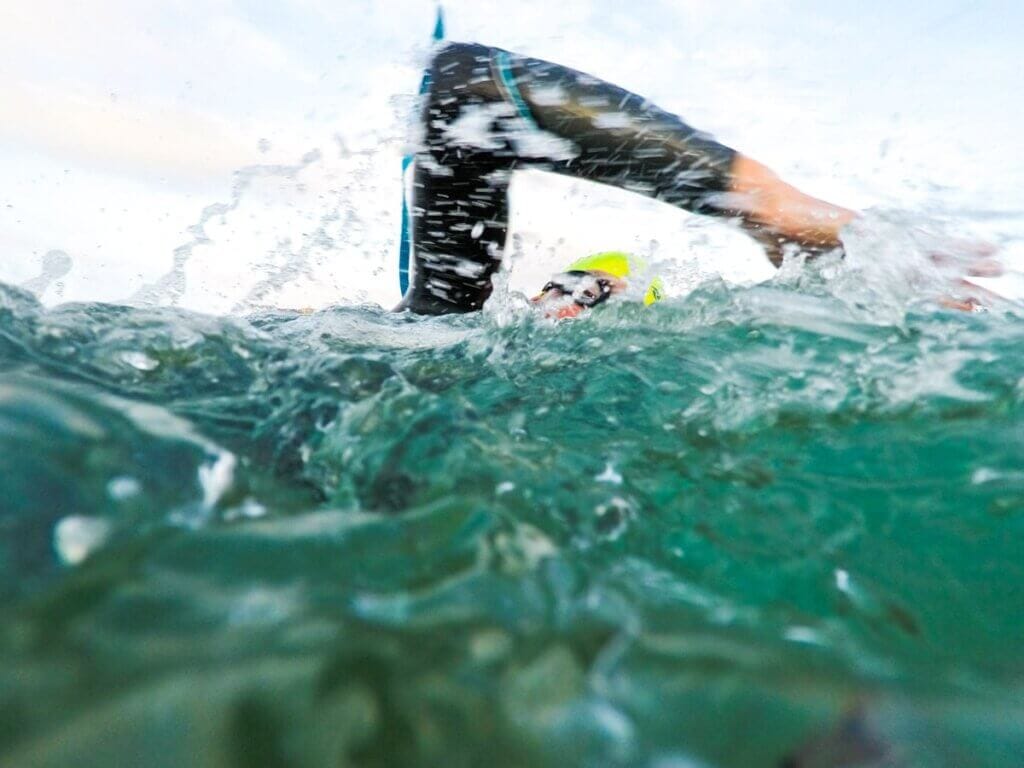How slow can you swim well?
How slow can you go?
Relaxing in the water has a myriad of positive effects – increased buoyancy, increased awareness of what you, and parts of your body are actually doing in the water (like a bio-feedback), and improved balance and stability.
Balance and stability are key to great swimming and learning!
Did you know that to learn even simple skills the brain must sense that the body is supported and stable? – Imbalance burns mental and physical energy.
- Balance is the foundation of skilled movement
- Balance will make the biggest difference by a long way on your swimming efficiency
- Balance requires large body parts and simple co-ordination
- Balance provides physical and mental calm
Try swimming super slow this week.
Does it feel like you’re sinking or maintaining a gentle forward momentum?
Here are some excerpts from the TI swim blog on “Giving yourself permission to swim slowly’
Three specific ways to swim slower:
- Observe your hand speed as you begin your stroke. Allow a moment-of-stillness after you reach full extension, then begin stroking at slowest possible speed and lightest possible pressure.
- Explore how slowly you can bring your arm forward over the surface, without discontinuity or instability.
- If you swim with a Tempo Trainer, turn it down gradually. Can you maintain flow at a tempo of 1.80 strokes per second?
Read more at the TI Blog – “Permission to swim slowly‘






Responses